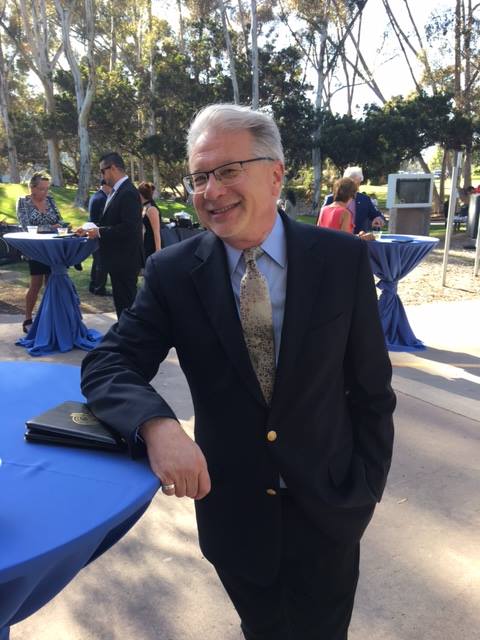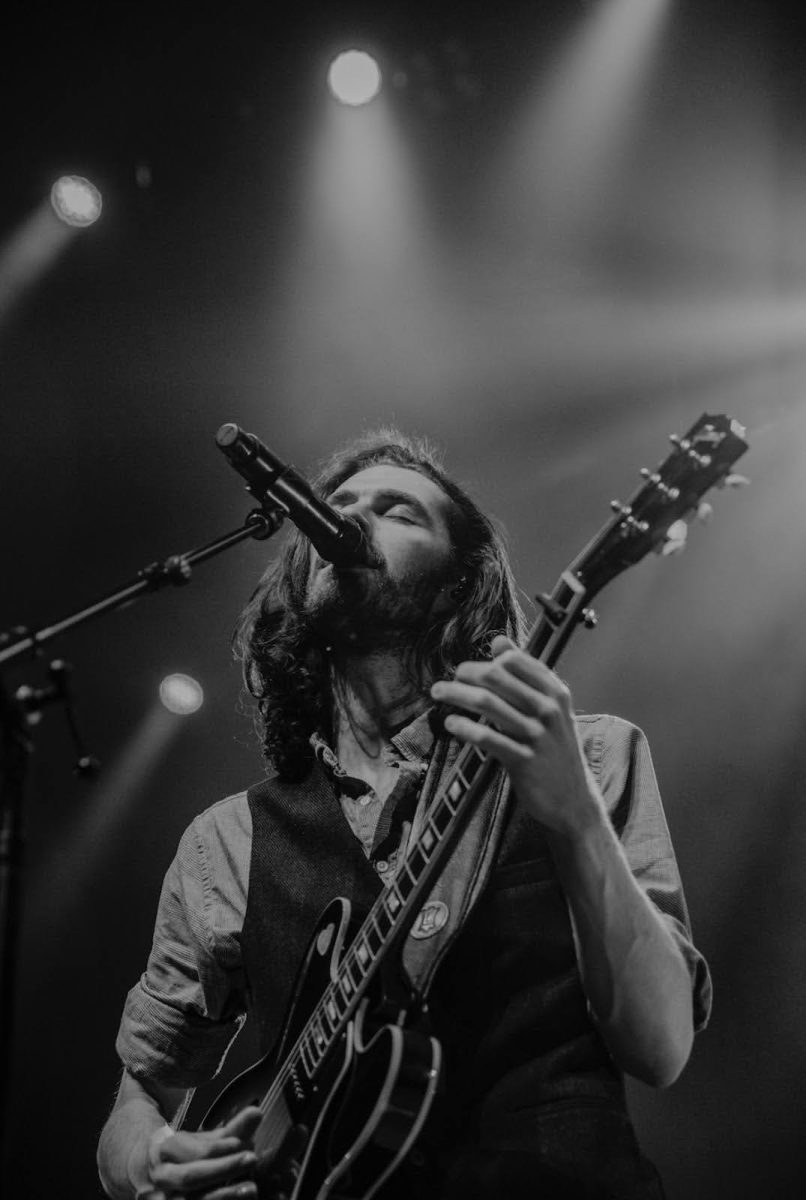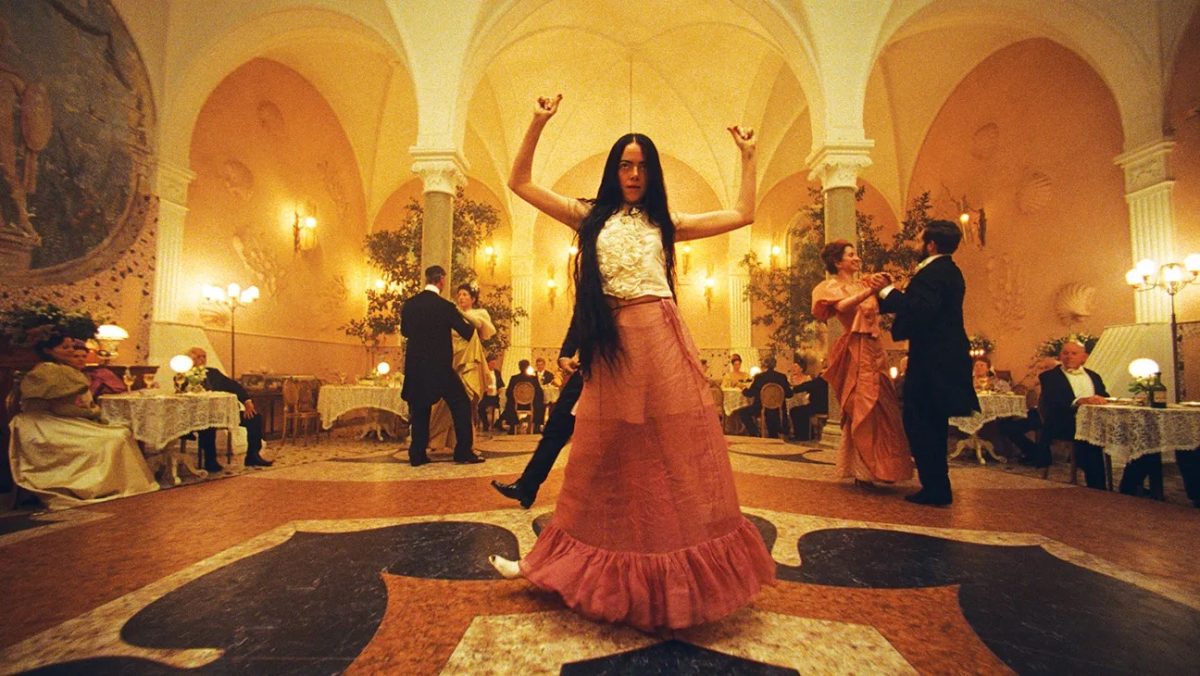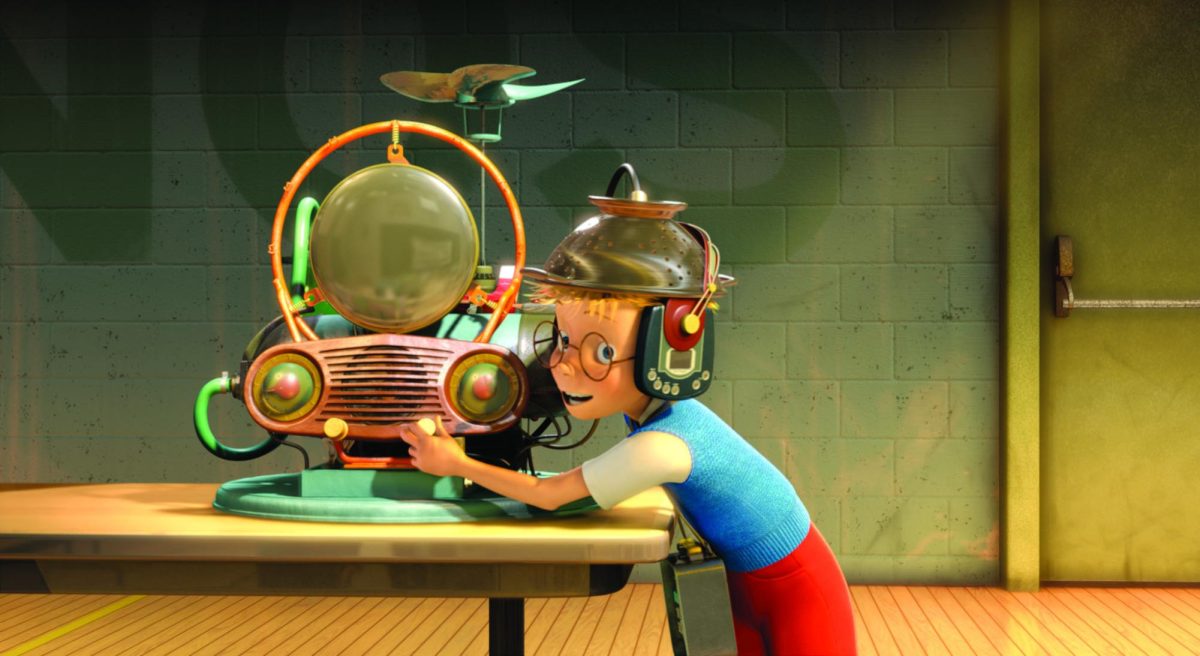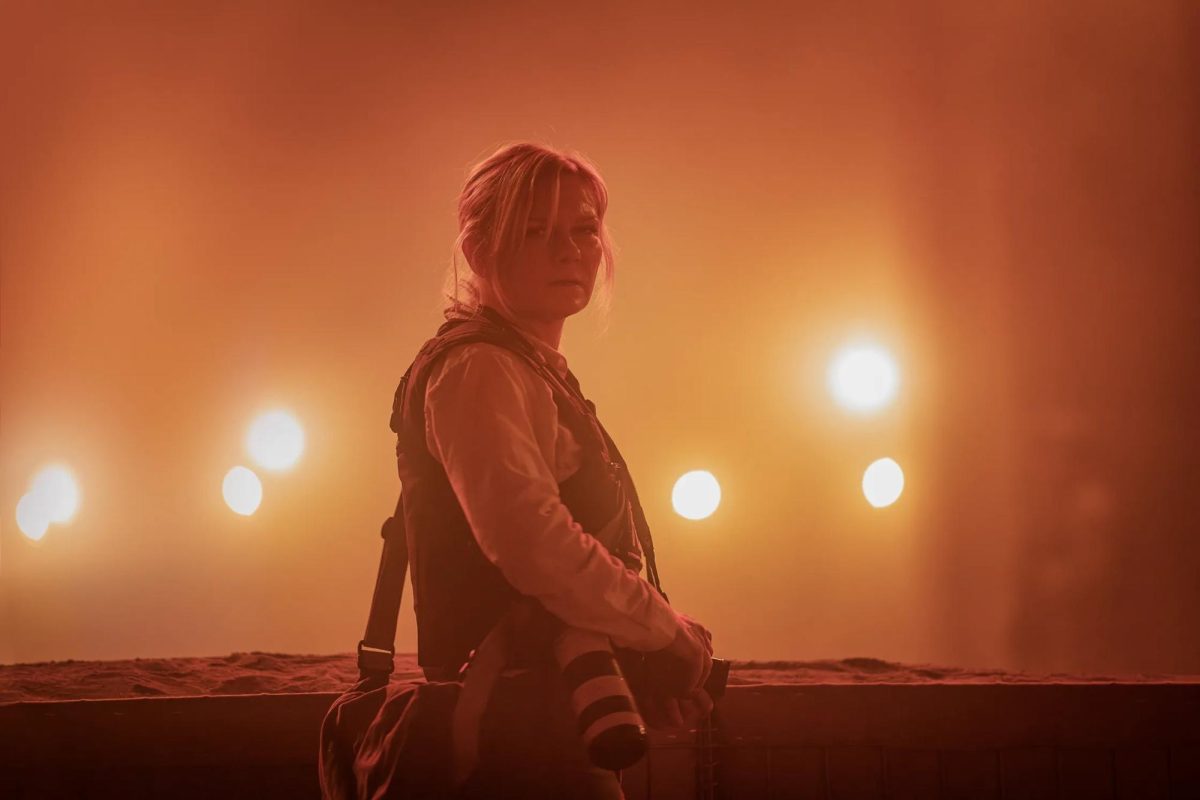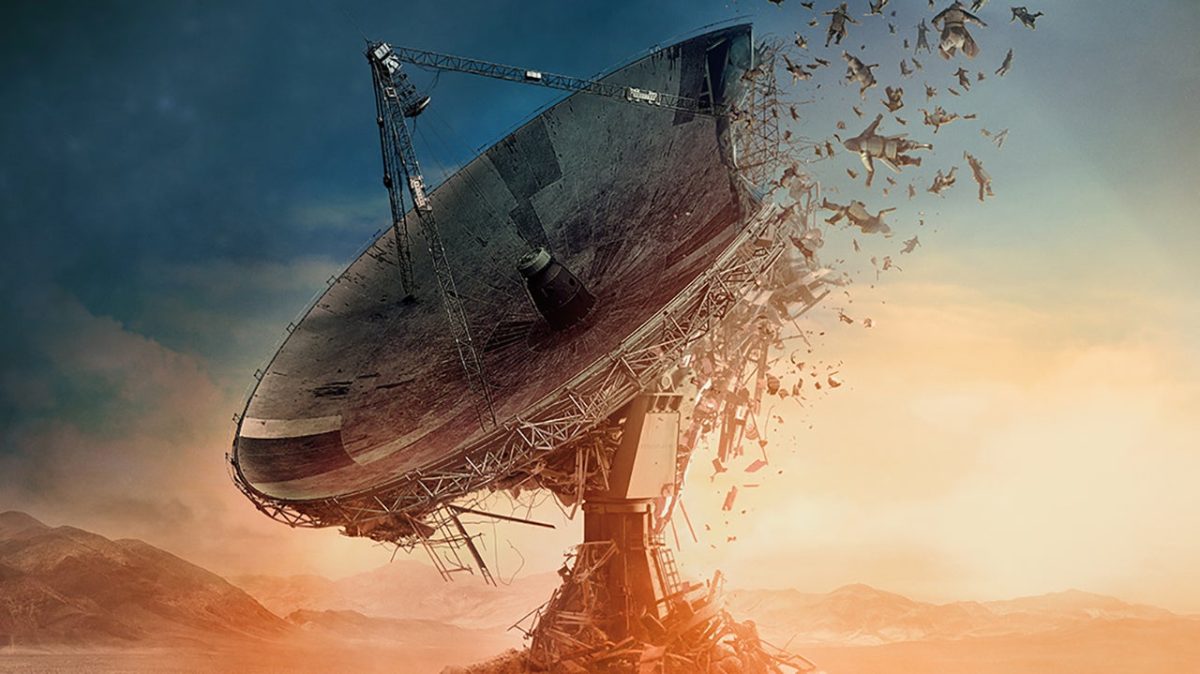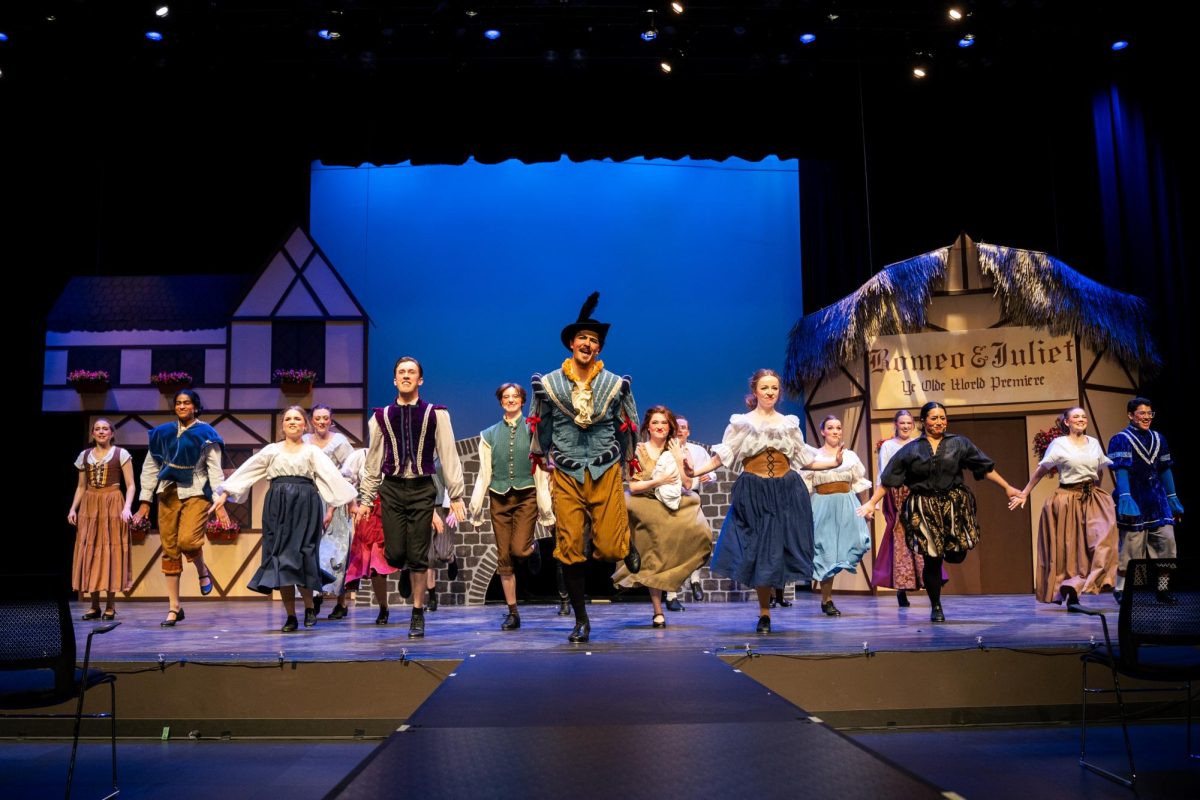Professor Seth Lerer reflects on UC San Diego’s unique academic and cultural identity, and envisions its future.
UC San Diego occupies a particular academic persona. With an eclectic array of specialized studies and an acclaimed stronghold in science, technology, engineering, and math, it is an institution still seeking a cohesion of its assets. UCSD’s academic singularity is perhaps nowhere as evident as in its Division of Arts and Humanities. Home to a curriculum that is largely unparalleled and faced with a university revenue driven by the sciences, the arts and humanities have struggled to find their place in UCSD’s STEM-centric environment. Former Dean of Arts and Humanities and current Distinguished Professor of Literature Seth Lerer has been both a witness to and instigator of UCSD’s humanistic evolution. The UCSD Guardian sat down with Lerer to discuss the essence and prospect of the arts at UCSD.
Lerer first came to UCSD in 2009 after having taught at Stanford University for 19 years, and at Princeton University for nine years prior. His career has been a product of his innate fascination with literature, and an ode to his affinity for academia. “I was one of those insufferable children who was very interested in what he was interested in,” Lerer reminisced. “I knew what I wanted to do when I was 14 years old … I found myself in books, [and] I more than liked reading and writing. … And, I liked the study of the past, not simply because it was an escape, but because it went on in different languages, or in different codes, or in different ways. It was like visiting another country.” While his interests and motivations have evolved since his adolescence, Lerer’s literary passion has defined the trajectory of his career –– from his teenaged fixation with “Beowulf” to his current research in Shakespeare and the roles of art and artistic culture in the political world. “I think the relevance of what I do is that it helps explain in a historical way, many of the things that we would like to resolve, or [that] we debate today, especially in art and culture, and especially at a time when … depending on your politics, one might believe that we are living in a uniquely … unartistic world of power.”
Over the course of his five-and-a-half-year tenure as dean, Lerer became familiar with UCSD’s arts departments, and their inherent eccentricities: “Arts and humanities at UCSD has really always been, in my view, a boutique, or niche, operation. … Many of the departments have a particular methodology or approach or take that unifies, or tries to unify the curriculum. But the curriculum is not driven according to specific canonical expectations of coverage. So that means you have some very idiosyncratic departments.” This departmental specialization complicates the potential measurability of UCSD’s arts and humanities against their more traditional collegiate counterparts.
The arts at UCSD are largely modeled after conservatories, with an emphasis on performance. “Our theatre, our music, and our visual arts departments seem largely concerned with the making and production of new work, the performance of current work, and the aesthetics of the contemporary. They’re not about theatre history, or art history, or music history or musicology, largely speaking,” Lerer explained.
The departments’ commitment to creative output and production has distinguished UCSD as a prominent destination for aspiring artists. “Our arts –– the arts at UCSD –– at its best, is the making and the performance of new art. And for those students, faculty, and community members who want that, this is an extremely good place for them,” Lerer said.
This concentration on the contemporary poses challenges to those committed to traditional forms of expression. And the UCSD arts programs in particular have been upheld by an autonomous faculty. This individualistic dynamic has championed the cause of academic freedom. “The challenge at UCSD is that you have a very independent faculty that may need to think about philanthropy in a new way.”
The arts programs at UCSD have been upheld by an autonomous arts faculty. This individualistic dynamic has championed the cause of academic freedom, but it has also amplified the divide between UCSD’s arts programs and their potential sources of funding. “The challenge at UCSD is that you have a very independent faculty that, for a variety of reasons –– economic, social, institutional –– has to reconfigure itself as a faculty motivated by philanthropy,” Lerer said.
Lerer recognizes the potential for this development in the faculty’s keen ability to engage new audiences as well as create artistic products. “We have performers here like Steve Schick, who’s a world-renowned percussionist, who also leads the La Jolla Symphony, and is very much involved in an educational mission of bringing avant-garde or contemporary performance to a public in a teaching way,” Lerer said. Schick is a remarkable example of the faculty’s capacity to translate new material into opportunities for edification, and consequently garner broader scopes of support.
Lerer believes that UCSD must make the cultivation of undergraduate identity a priority in order to stimulate an artistic culture within its student body. This endeavor presents certain challenges, such as the campus’ geographical isolation from both La Jolla and San Diego that are outside of the university’s control. However, Lerer foresees the augmentation of UCSD’s cultural climate. “The campus, I think, is looking for a way to build a culture of affinity and belonging among the undergraduates,” Lerer said. “I feel very strongly that you need leadership from the top, to show that that’s important,” he added. UCSD’s authoritative voices are comprised predominantly by members of the STEM community, and the enhancement of undergraduate community has not traditionally been at the forefront of this administration’s agenda. Lerer anticipates a fundamental, institutionalized incorporation of arts participation into undergraduate life, and the simultaneous construction of a campus that mirrors this dynamic.
For Lerer, humanities-oriented innovation is not contingent upon top-down renovation, but rather, a promotion of the campus’s intrinsic strengths. “The thing about UCSD, is if anything’s going to happen, it has to be done by the people here, whether it’s the students or the faculty. The most interesting and productive interdisciplinary activities that I experienced were faculty driven,” Lerer said. One successful product of an interdisciplinary dynamic during Lerer’s tenure was the Arthur C. Clarke Center for the Imagination. The center is a partnership between UCSD and the foundation dedicated to Arthur C. Clarke, an internationally renowned author who embodied the spirit of interdisciplinarity in his dual careers of science fiction writing and science. “The idea was –– and this was largely driven by a few faculty members here –– Let’s find a way of bringing together the things that are most characteristic about this place in arts and technology. And these include: strong commitment to digital technology and culture, a fascination with and powerful research program in cognitive science, [and] a culture of innovation and creativity.” This academic consilience merged faculty from a diversity of humanities and STEM departments including visual arts, theater, music, cognitive science, medicine, and engineering. More recently, this cross-disciplinary initiative has facilitated the creation of UCSD’s program in practical ethics. The program is a collaborative effort by UCSD’s philosophy department, medical community, and the Stem Cell Institute to integrate the study of ethics into the practice of medicine and biotechnology.
However, the pursuit of this academic synthesis also faces challenges, particularly when driven by external influences. Some of Lerer’s integrative efforts as dean, such as the potential development of a program in medical humanities, were met with resistance. “This is the lesson I learned,” Lerer stated. “… interdisciplinarity on this campus has to be organic. You can’t just say, let’s be interdisciplinary.”
The arts at UCSD are evolving, and Lerer is confident in their unique capacities. “I don’t think [the arts at UCSD] need to compromise,” he said. “But I do think they need to reach out in a more educational way. And that process will probably take a generation. I think it’ll probably be 20 years.” UCSD, here’s to the next 20 years.
Image Courtesy of Professor Lerer


